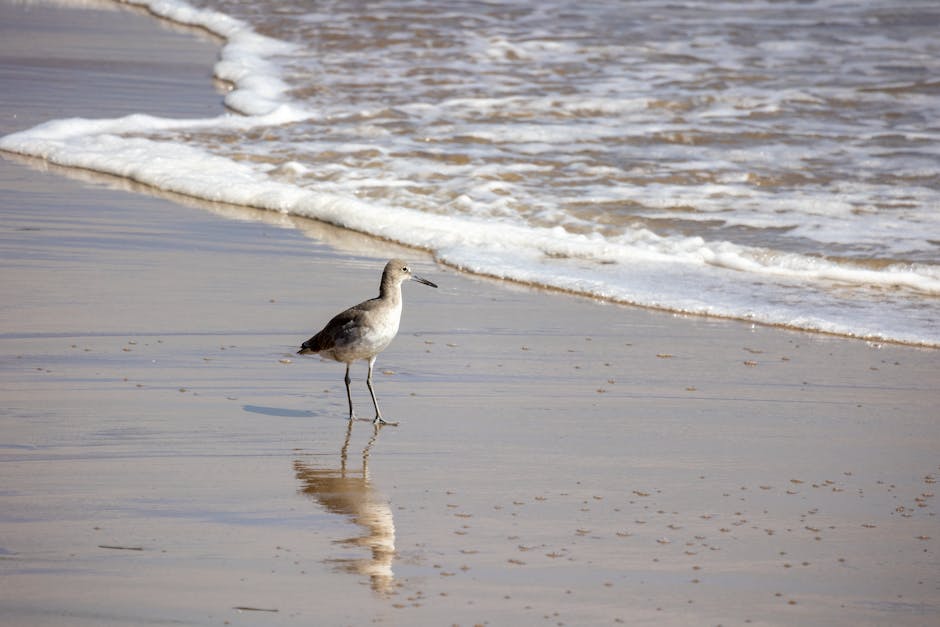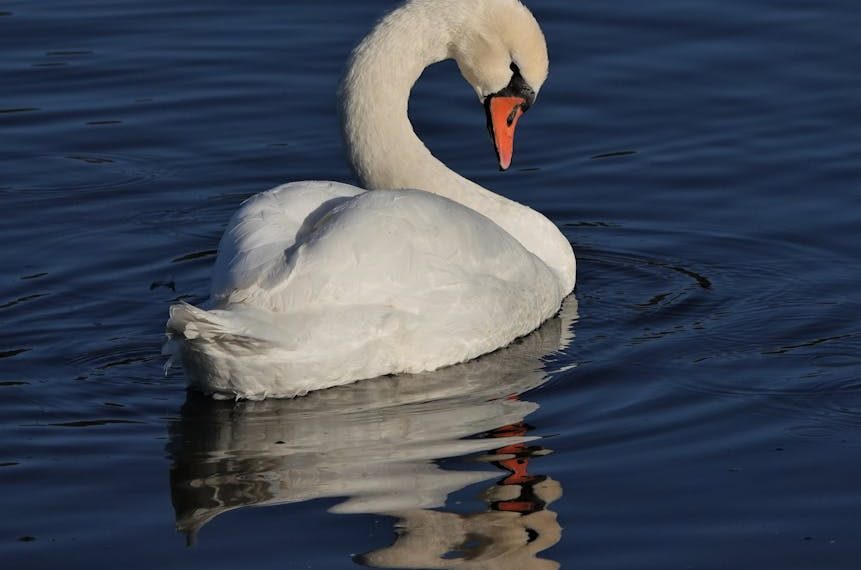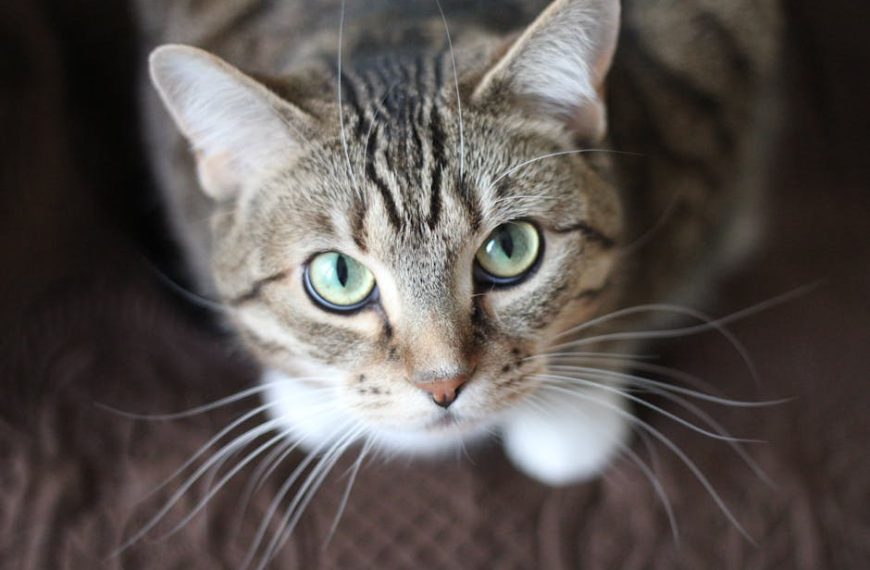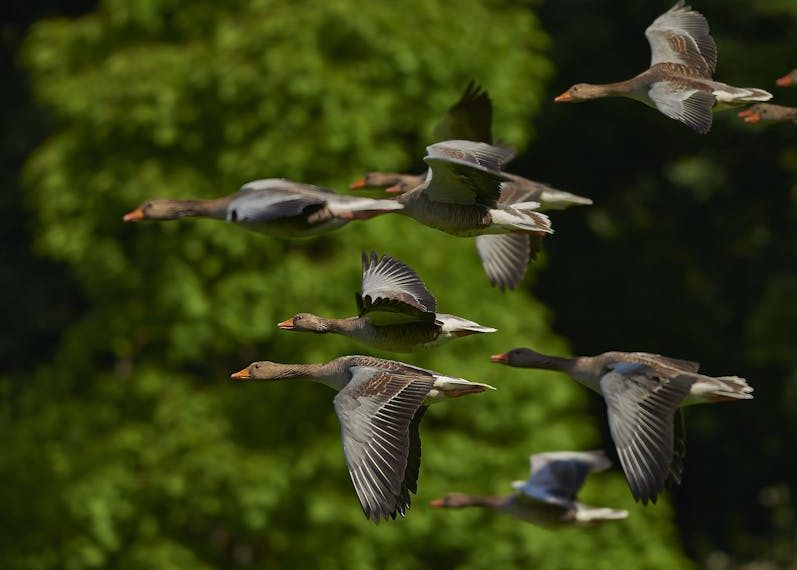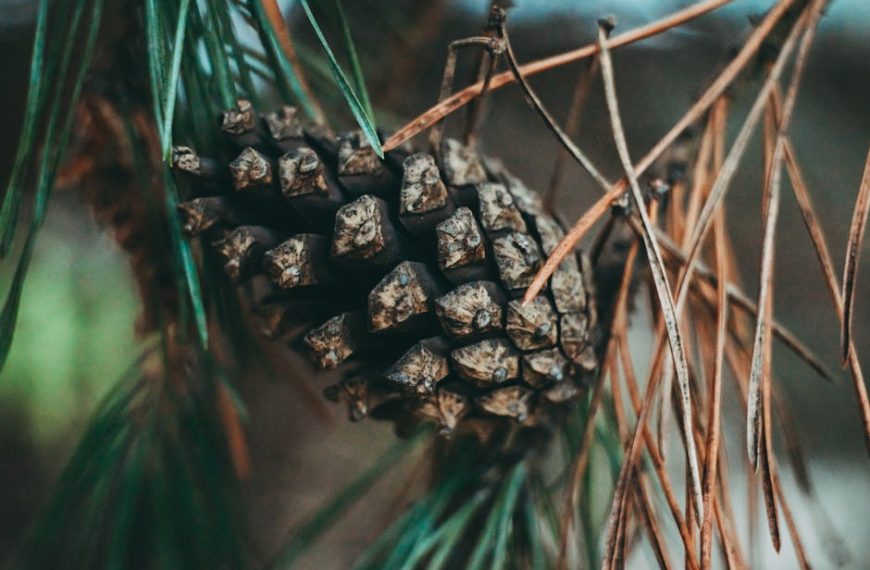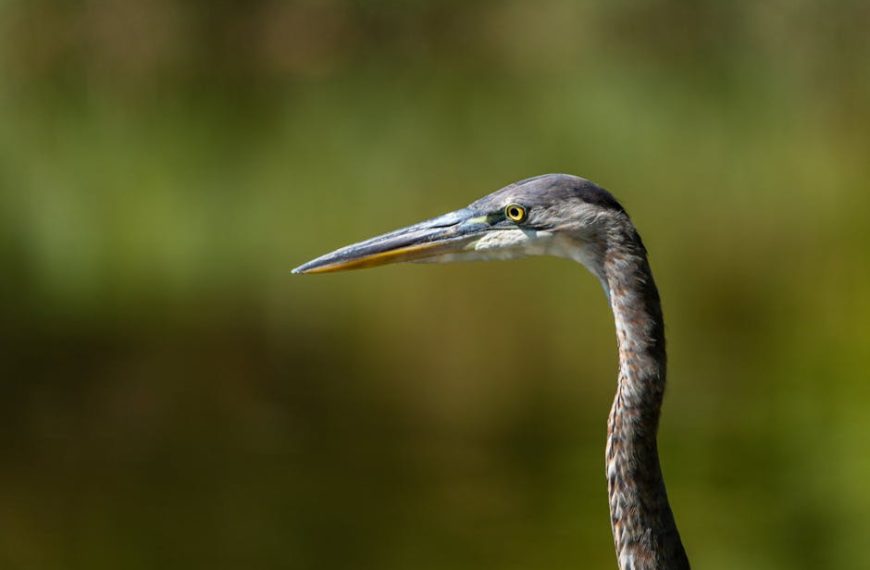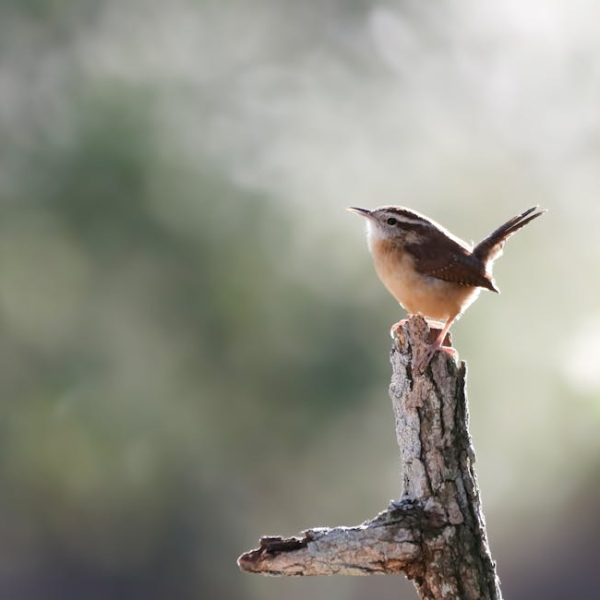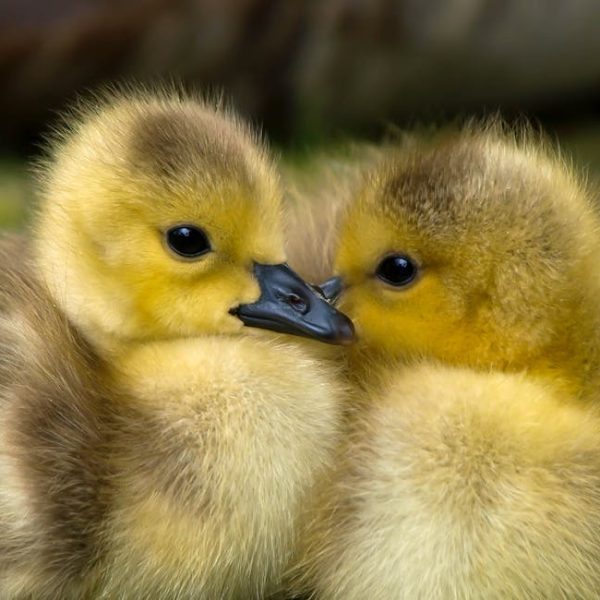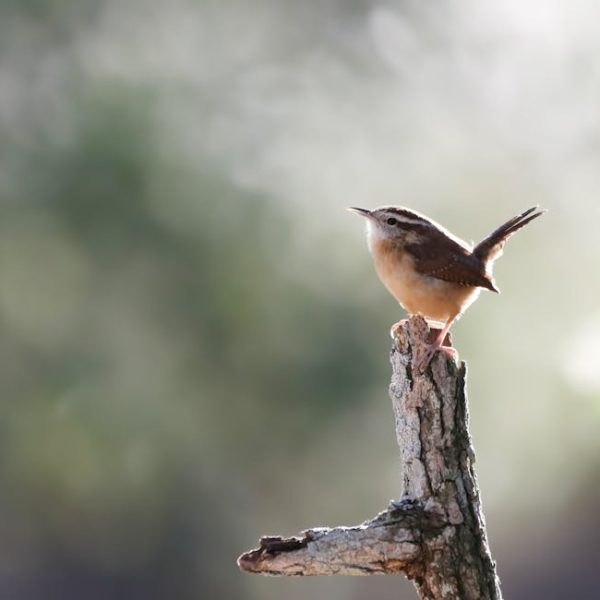As humans continue to expand into previously uninhabited areas, they often come into conflict with local wildlife, such as the seemingly harmless and charming Limpkin bird. Characterized by their long, slim bodies, white-spotted, dark-brown feathers, and their infamous wailing cries, Limpkin birds can become a considerable nuisance. While they are generally beneficial creatures integral to the ecosystem, they can become problematic when they congregate in large numbers near residential areas, due to various reasons. This article will explore several effective methods for managing and preventing Limpkin bird issues in your area.
Understanding Limpkin Birds and Their Behavior
Limpkins, also known as Aramus Guarauna, are typically found in wetlands from Florida to Argentina. They prefer habitats near slow-moving freshwater sources and patiently wade along the shores in search of a favored snack, the apple snail. Their unique voice, often described as a loud and mournful wail, is a distinguishing factor that sets them apart from other water birds.
- Physical features: Dark-brown feathers with white spots or streaks, long bill, long neck, and legs.
- Behavior: Foraging primarily in the early morning or late evening, the birds are most vocal at sunrise and sunset, which is often when most people find them disruptive.
- Food: Predominantly apple snails, but also includes mussels, insects, and small amphibians.
- Migration: Though Limpkins are typically non-migratory, those in the northernmost part of their range may fly south for winter.
Causes of Limpkin Birds Infestation in Your Area
Limpkin birds are often attracted to areas that mimic their natural habitat and offer an ample supply of food. Therefore, if your property has access to freshwater sources such as ponds or marshlands, it may attract these birds.
Factors that may attract Limpkins include:
- Ponds, lakes, or other water bodies, especially those populated with apple snails.
- Undisturbed, quiet areas perfect for nesting.
- Lack of predators.
To prevent Limpkin infestation, best practices include:
- Regularly cleaning and maintaining the body of water.
- Managing the growth of apple snails and other aquatic food sources.
- Creating a safe habitat for natural predators such as hawks or owls.
Natural Methods to Remove Limpkin Birds
For those looking to control Limpkin bird infestation without causing harm to the birds or the environment, natural methods provide a safe and effective solution. Options may include using scarecrows or reflective objects, such as old CDs, to deter the birds. Introducing natural predators into the area can also be very effective.
Here’s a comparison of the different methods:
| Method | Effectiveness | Cost | Eco-Friendly |
|---|---|---|---|
| Scarecrows | Medium | Low | Yes |
| Reflective Objects | Medium | Low | Yes |
| Using Predators | High | Medium | Yes |
In some instances, natural methods may be inadequate, and professional assistance may be necessary. However, recognize that every infestation is unique, and a balanced approach will pave the way for a Limpkin-free environment.
Professional Assistance for Limpkin Birds Control
Despite all efforts, there may be situations where your attempts may not quite hit the mark. In these instances, it may be necessary to bring in wildlife control experts. These professionals can safely and effectively assist in your mission to control Limpkin bird infestations, as they’re equipped with the knowledge and resources to handle wildlife issues more efficiently.
When weighing the (Do-It-Yourself) DIY vs. professional intervention factors:
| Effectiveness | Effort Required | Cost | |
|---|---|---|---|
| DIY | Variable | High | Low-Medium |
| Professional | High | Low | Medium-High |
For a hassle-free experience with wildlife control professionals, ensure to choose reliable and certified service providers, ask about safety methods and legal measures taken during their operation.
Maintaining a Limpkin-Free Environment in the Long Run
Getting rid of Limpkin birds is only half the battle; the real challenge lies in keeping your environment Limpkin-free in the long run. This process involves continuous preventive measures, such as maintaining cleanliness, eliminating possible food sources, and monitoring for signs of bird activity.
Establish these habits to maintain a Limpkin-free area:
- Regular clean-up and maintenance of ponds and other potential bird attractions.
- Implement habitat disturbance, such as introducing fluctuating water levels.
- Regularly check for signs of bird activities: nesting materials, droppings, or the birds themselves.
Being a good steward of the environment often means balancing our needs with those of the wild creatures that surround us. By understanding these wonderful birds and the reasons they may be attracted to our spaces, we can implement solutions that encourage cohabitation rather than conflict. With the information, strategies, and pro tips in this article, managing Limpkin birds effectively is entirely achievable. Be patient, persistent, and respectful to nature, and you and your feathery friends can live in harmony. Remember, it’s not about eradication, but rather finding a harmonious solution for all!
Key Takeaway:
- Understanding of Limpkin birds’ behavior, diet and habitat preferences can aid in effectively controlling their presence in unwanted areas.
- Factors such as availability of food and water, suitable nesting areas, and absence of predators can attract Limpkin birds to residential areas.
- Preventive measures like maintaining cleanliness of water bodies and regular inspection for signs of infestation can help keep these birds at bay.
- Non-lethal, eco-friendly methods such as scarecrows, reflective objects, introducing natural predators, etc. can be used to manage Limpkin bird infestation.
- In persistent or severe infestations, professional wildlife control experts may be needed.
- Consistency in preventive measures and use of natural control methods can maintain a Limpkin-free environment.
Controlling Limpkin bird infestation can seem overwhelming, yet with the right knowledge and measures, maintaining a Limpkin-free environment is achievable. Striking a balance between human needs and that of wildlife is crucial. So, be patient, persistent and find a harmonious solution that respects the balance of nature.
FAQs
Q: What should I do if Limpkin birds have already built a nest in my yard?
A: If Limpkin birds have already nested in your yard, consider contacting a wildlife control professional. Disturbing nesting birds may be against local wildlife laws and regulations.
Q: Can Limpkin birds pose a threat to my pets?
A: Generally, Limpkin birds pose little threat to pets as they primarily feed on apple snails and small amphibians. However, it is always wise to monitor interactions between wildlife and pets.
Q: Is it okay to feed Limpkin birds in my area?
A: While feeding any wildlife can seem supportive, it usually does more harm than good. Feeding wild birds can disrupt their natural foraging habits and attract more birds to residential areas, causing disturbances.
Q: Are there any specific laws about Limpkin birds that I need to be aware of?
A: Local laws about disturbing or harming wildlife, including Limpkin birds, vary regionally. It is recommended to consult local wildlife or environmental authorities for accurate information.
Q: What types of predators can help in controlling Limpkin bird population?
A: Natural predators like hawks, owls, alligators, and foxes can help in controlling the Limpkin bird population. However, it’s crucial to consider the overall impact on the local ecosystem before introducing new predators.
Hopefully, this article provided some insights on managing Limpkin bird infestation in your area. Feel free to share this article with anyone who might find it helpful and stay tuned to our website for more useful posts.
